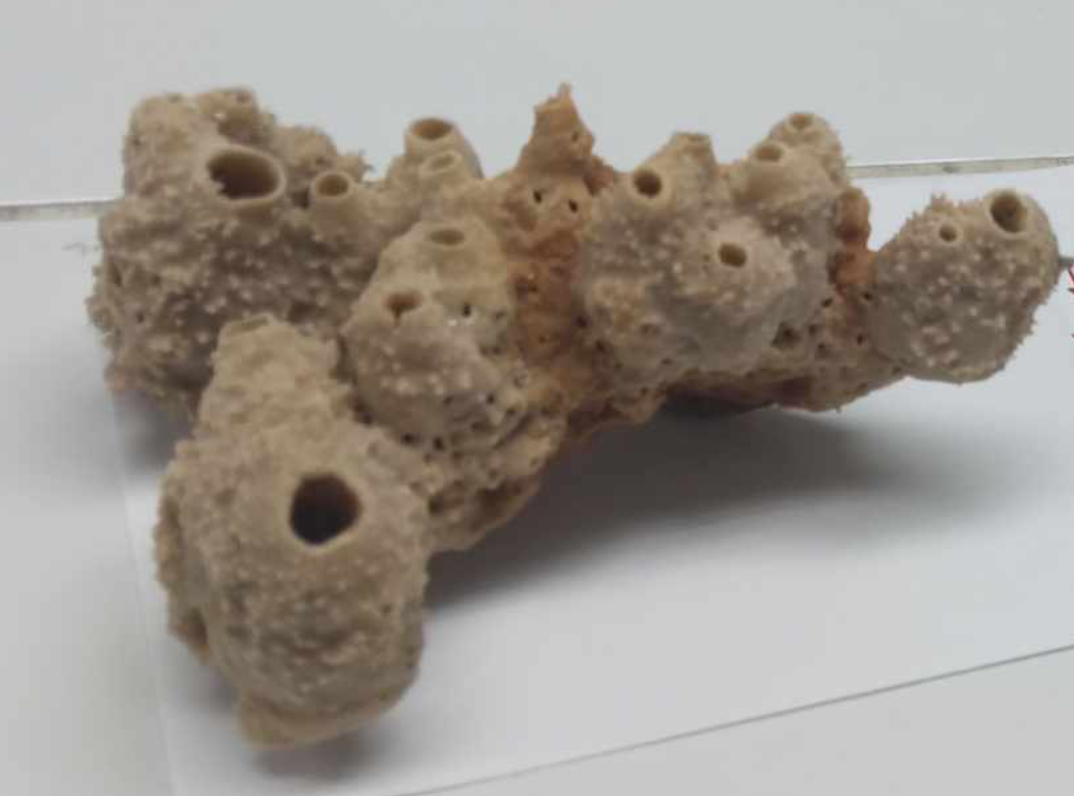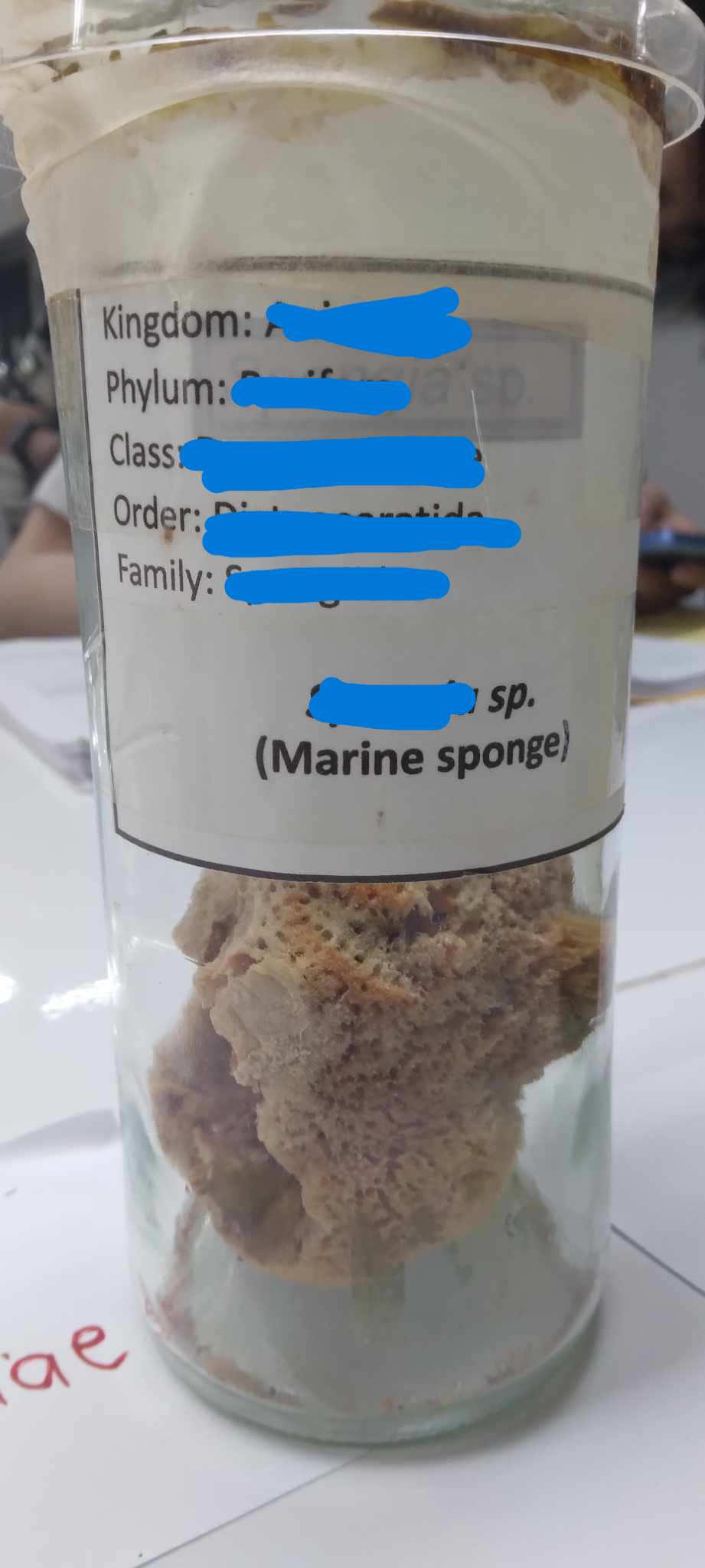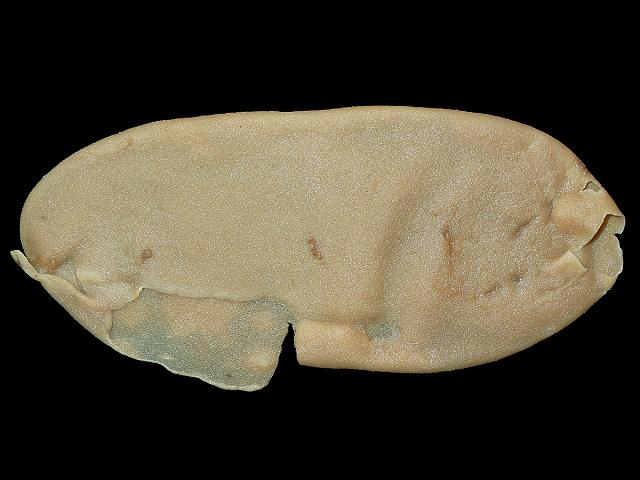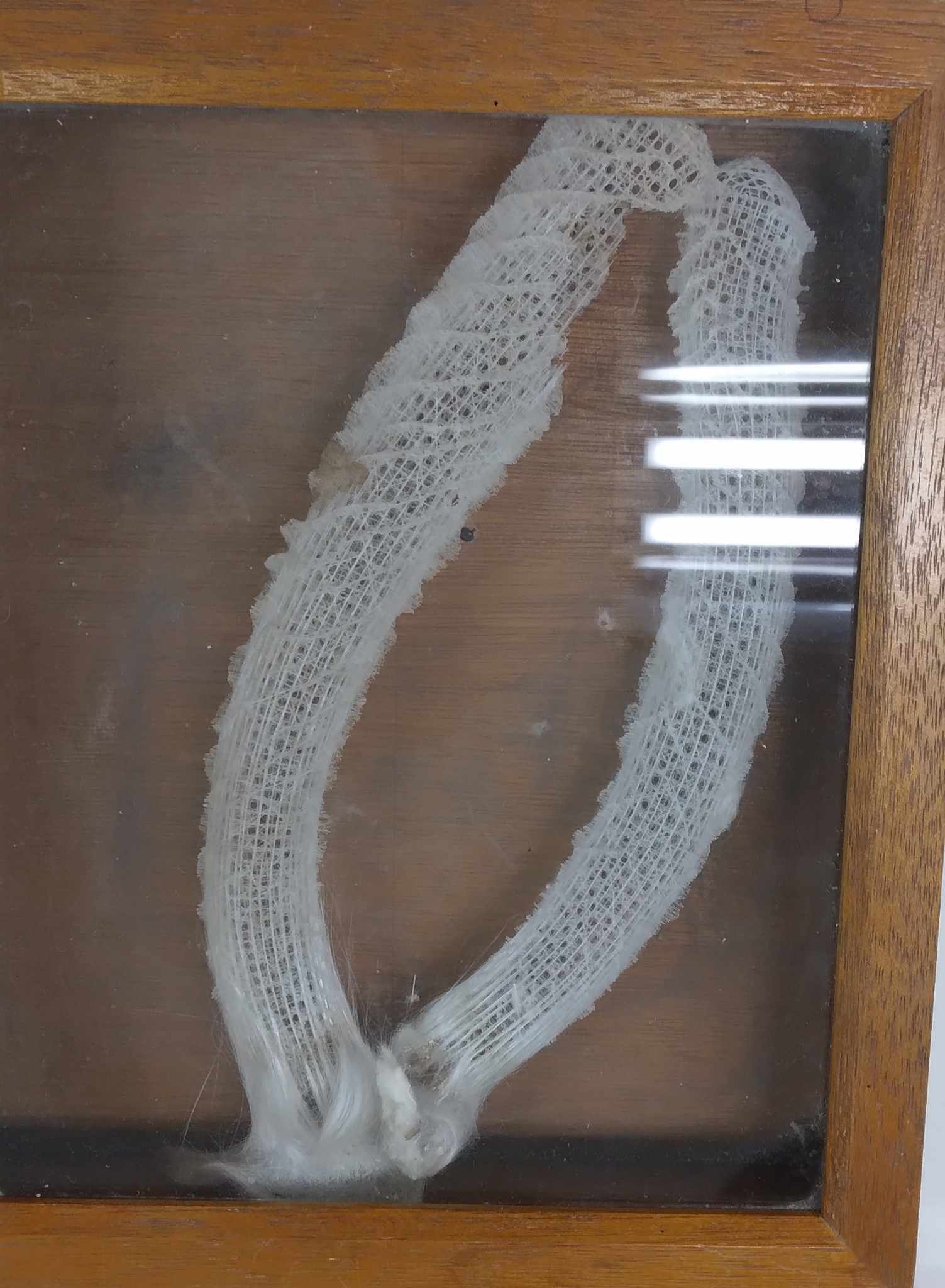Zoo-Lab (Sem-1) - Exercise 10: Phylum Porifera
1/20
There's no tags or description
Looks like no tags are added yet.
Name | Mastery | Learn | Test | Matching | Spaced |
|---|
No study sessions yet.
21 Terms
Phylum Porifera
pore-bearing and aquatic animals; diploblastic (didermic) with internal calcareous or silicious skeletons or with spongin fibers or both; mature animals are sessile and tethered to the substratum; although multicellular, they have no organs, and tissues are undefined
substratum
an underlying layer or substance, in particular a layer of rock or soil beneath the surface of the ground
spongocoel
the one body cavity of porifera where numerous pores are connected
oscula
excurrent pores; larger pores that serve as the exit of water from the spongocoel
ostia
incurrent pores; smaller pores that serve as the entrance of water into the spongocoel
Demospongiae; Calcaria; Hexactinellida
representative classes of Phylum Porifera
Class Demospongiae
members possess a skeleton made up of spongin fibers; include commercial sponges
Euspongia officinalis
Demospongiae; common bath sponge; colonial; globose in shape; and permanently attached to the substratum
gastral cavity
of bath sponges; not the digestive cavity, for digestion in sponges is done inside the cells
Haliclona sp.
Demospongiae

Spongia sp.
Demospongiae

Class Calcaria (Calcispongiae)
sponges with skeleton consisting of many spicules made of calcium carbonate
Grantia sp.
Calcispongiae; body cavity is of the sycon type; skeleton is of calcareous type

Class Hexactinellida (Hyalospongiae)
members of this class has a skeleton made up of siliceous spicules, usually with six rays, as the name implies; the spicules are often fused together into a continuous network
Euplectella aspergillum
Venus flower basket; siliceous sponge; attached to the substratum by a mass of glassy threads

sieve plate
covers the osculum
choanocyte
versatile cells; their flagella beat to create the active pumping of water through the sponge, while the collars are the primary areas that nutrients are absorbed into the sponge
asconoid; syconoid; leuconoid
three types of canal systems in sponges
asconoid canal system
simplest system; involves entrance of water through the ostia; then to the spongocoel; then exiting through the osculum
syconoid canal system
a slightly more complex system; the water enters through the ostia into incurrent canals; From there, it passes into radial canals lined with choanocytes (flagellated cells) through prosopyles (tiny openings); the water then enters the spongocoel and finally exits through the osculum
leuconoid canal system
the most complex type of canal system; the water enters through the ostia into incurrent canals, then moves into flagellated chambers through prosopyles; from these chambers, the water enters excurrent canals through apopyles (larger openings) and finally exits through the osculum; this type of canal system allows for a greater surface area for feeding and is found in most large sponges, like Spongilla